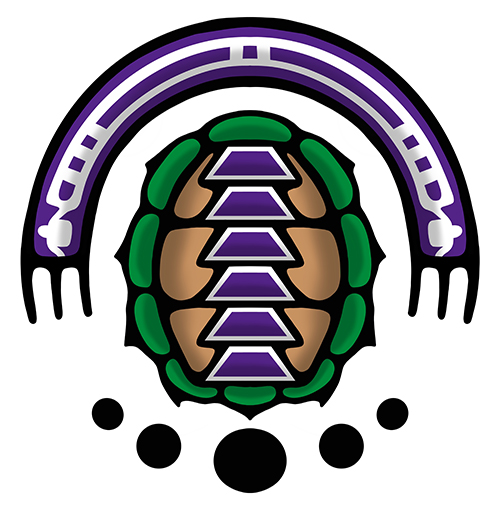
Title
Microplastics in the water: Indigenous storytelling as an educational method
Files
Description
Western, euro-centric methodologies like the scientific method are essential for some forms of research, particularly for research in the biological realms of genetics and cell function. Using the scientific method by conducting a literature review and subsequently performing in silico experiments with simulation programs and machine learning, it has been concluded that microplastics in rivers, lakes and oceans are being consumed by aquatic wildlife, causing cellular and genetic damage, and biomagnifying up trophic levels, with evidence suggesting that microplastics have entered the human body. This is knowledge obtained by western research methods that would be relevant knowledge for Indigenous communities, based on the widespread Indigenous value that water is life. Based on the longknown Indigenous truth that Quanja Lake, and all the lakes on Manitoulin Island are connected to Lake Huron through underground channels, it is the responsible thing to inform communities of the dangers of microplastics that could be infiltrating the islands’ lakes via littering in Lake Huron from mainland Ontario. The task at hand was finding a way to deliver information obtained by western
Publication Date
8-4-2021
Keywords
Head and Heart, biology, Indigenous communities, Indigenous truth, Lake Huron
Disciplines
Indigenous Education
Recommended Citation
Morin, Amanda, "Microplastics in the water: Indigenous storytelling as an educational method" (2021). 2021 Cohort. 1.
https://ir.lib.uwo.ca/headandheartprogram_2021/1



